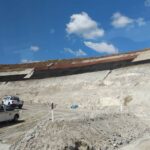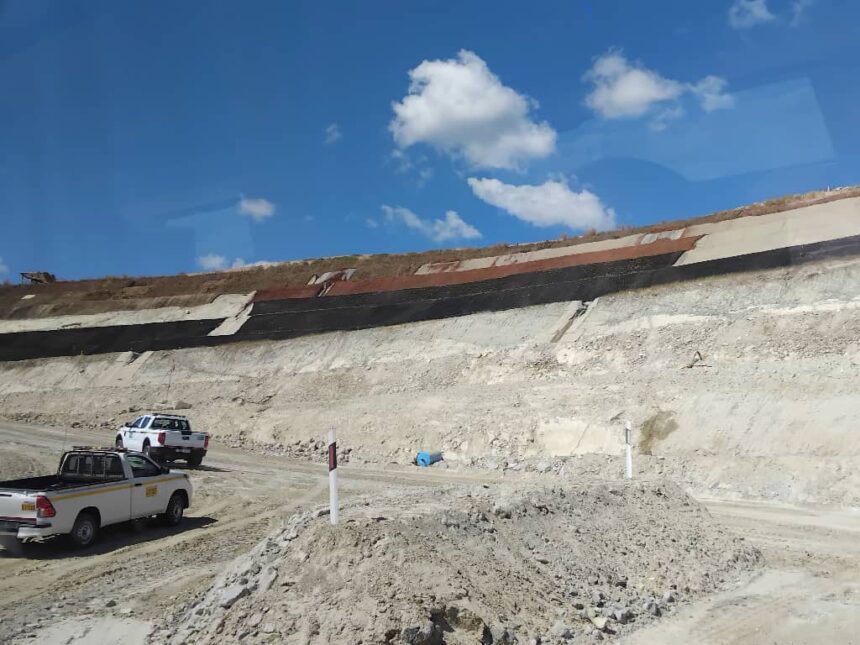FQM Trident Limited has embarked on a forward-looking initiative to stabilise its mine pit walls, with the goal of harmonising the mining landscape with nature. This significant environmental step aligns with the company’s commitment to sustainable mining practices, especially as the mine edges closer to closure.
Speaking during a guided tour on Friday, FQM Trident’s Environmental Manager, Kachiwala Sapalo, highlighted the company’s vision for the site’s future. “At this pit, we are mining nickel. You should know that mining operations come with different challenges, which we need to be aware of. Part of it involves the issue of wall stability. So, the pit walls need to be stabilised so that there is no failure,” he explained.
Sapalo further emphasised that the company’s long-term goal is to integrate the pit areas with the natural environment. “As a mine, like any other mine, we have been doing different engineering controls to ensure that these walls remain stable. But beyond engineering, we are looking at a future where this landscape becomes part of the natural ecosystem once mining activities cease.”
The stabilisation process involves a range of engineering techniques designed to prevent wall collapse and ensure the safety of ongoing mining operations. These controls include slope management, controlled blasting, and advanced monitoring systems. However, FQM Trident’s vision extends beyond operational safety. The company is incorporating ecological considerations into its rehabilitation strategy. Plans include re-vegetation of pit walls and surrounding areas with native plant species, promoting biodiversity and facilitating a seamless transition from industrial site to natural habitat.
As the mine gradually moves toward its closure phase, FQM Trident is taking proactive measures to ensure that environmental restoration is an integral part of its closure plan. By stabilising pit walls and encouraging natural integration, the company aims to leave behind a positive environmental legacy. “Our objective is not just to close the mine but to do so responsibly,” Sapalo said. “We want the future landscape to support life and contribute to the local ecosystem. The work we are doing now is laying the foundation for that vision.”
FQM Trident’s initiative reflects a growing trend within the global mining industry: the integration of sustainable practices into all phases of mining operations. By prioritising wall stability and environmental rehabilitation, the company is setting an example of how mining can coexist with nature and contribute positively to local environments post-closure. As more mining companies embrace similar initiatives, FQM Trident Limited’s approach may serve as a benchmark for balancing industrial progress with environmental stewardship.






